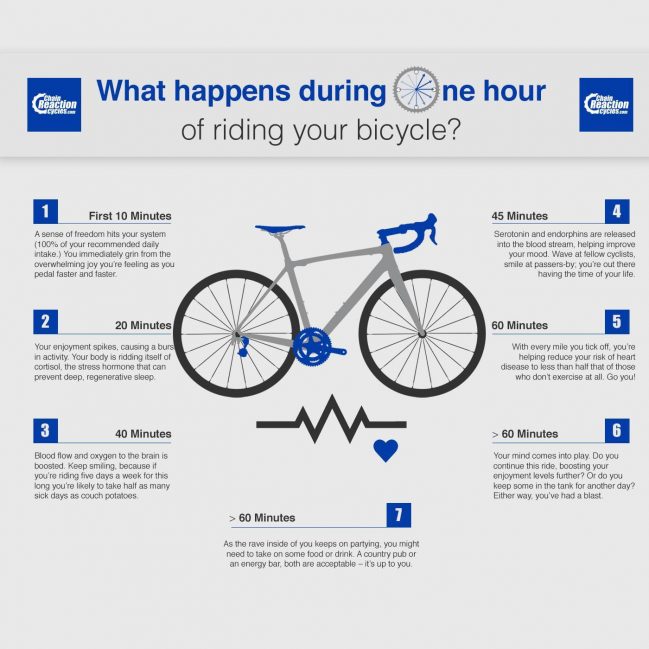
-
 Run your partner (quietly) through this test.
Run your partner (quietly) through this test.“If the person you are talking to doesn’t appear to be listening, be patient. It may simply be that he has a small piece of fluff in his ear.” — AA Milne, Winnie the Pooh
I was working with a man who was beating up on himself because he couldn’t make a relationship work.
He’d been married twice and a third serious relationship had just fallen over. He’d taken all the responsibility for these breakups and believed he was just “no good” at building lasting relationships.
It’s common for people who’ve been hurt to have this belief system — but it’s not helpful. It’s more useful to work out why a relationship broke up, your role in it and how you might do things better or differently next time.
That’s not always easy. When you’ve had a difficult relationship history or been traumatised, rejected or hurt, it can shape your beliefs on what you expect, need or want from a relationship.
It can skew your thoughts on what’s acceptable in a partner, what you could (and should) work on — and when you should pack up and run.
7 Most Desirable Traits in a Partner
Whenever I work with people who’ve been hurt we spend time figuring out what a healthy relationship looks like so they’ll go into the next one stronger and clearer about their needs.
We’re all different but, interestingly, the same requirements keep rising to the top. Here they are, with a fresh spin:
1. Kindness: Your partner peels your orange (but only if you like oranges).
“But love can only truly be measured by actions. It can be a small thing, such as peeling an orange for a person you love because you know they don’t like doing it.”
— Marian KeyesIn other words, your partner is kind to you, they pay attention to the little things. Lots of them. Your partner knows what you like — and what you don’t — and delivers on it. He or she will go out of their way to do something small to improve your day. And you’ll do it for them — not because you need to pay back but because you’re a good partner too. Kindness is paramount for a reason. We all have our moments but a mean and critical person will eventually bring it home — and you don’t want to be on the end of it.
Please click (HERE) to read the rest of the story
-

“Calvin? Calvin, sweetheart?”
In the darkness Calvin heard the sound of Susie, his wife of fifty-three years. Calvin struggled to open his eyes. God, he was so tired and it took so much strength. Slowly, light replaced the darkness, and soon vision followed. At the foot of his bed stood his wife. Calvin wet his dry lips and spoke hoarsely, “Did… did you…. find him?”
“Yes dear,” Susie said smiling sadly, “He was in the attic. “
Susie reached into her big purse and brought out a soft, old, orange tiger doll. Calvin could not help but laugh. It had been so long. Too long.
To read the rest of this story, please click (HERE):
-

Sarah Vible and her seizure-alert dog, Rosebud, in her neighborhood in Milton, Del. Rosebud can detect an epileptic episode about 15 minutes before it occurs. MICHELLE GUSTAFSON FOR THE WALL STREET JOURNAL
By Aili McConnon
Sept. 12, 2019 11:06 am ET
Sarah Vible almost didn’t finish college because of her epilepsy.
During her sophomore year, the frequency of her seizures increased until she was losing consciousness several times a week.
“I didn’t want to go to class because I was nervous about something happening,” she says. She decided to drop out of school midway through her second year and moved back home to Delaware.
But Ms. Vible, now 25, returned to college and graduated. She is working today in a crisis-management center for adolescents in Delaware. And she owes it all, she says, to a 57-pound yellow Labrador named Rosebud.
Rosebud is a service dog trained at a nonprofit called Canine Partners for Life in Cochraneville, Pa. The dog can detect when Ms. Vible will have a seizure about 15 minutes before it happens. She lets Ms. Vible know with a whine or a bark and then lies down with her owner until the seizure is over.
Seizure-alert dogs are part of a growing class of service animals that can detect warning signs of epileptic seizures and diabetic emergencies and identify other medical conditions. Demand has surged, according to trainers and training centers—some of which now have long wait lists—as recent scientific studies have started to confirm the dogs’ efficacy in helping their owners.
To read the rest of this story, click here:


